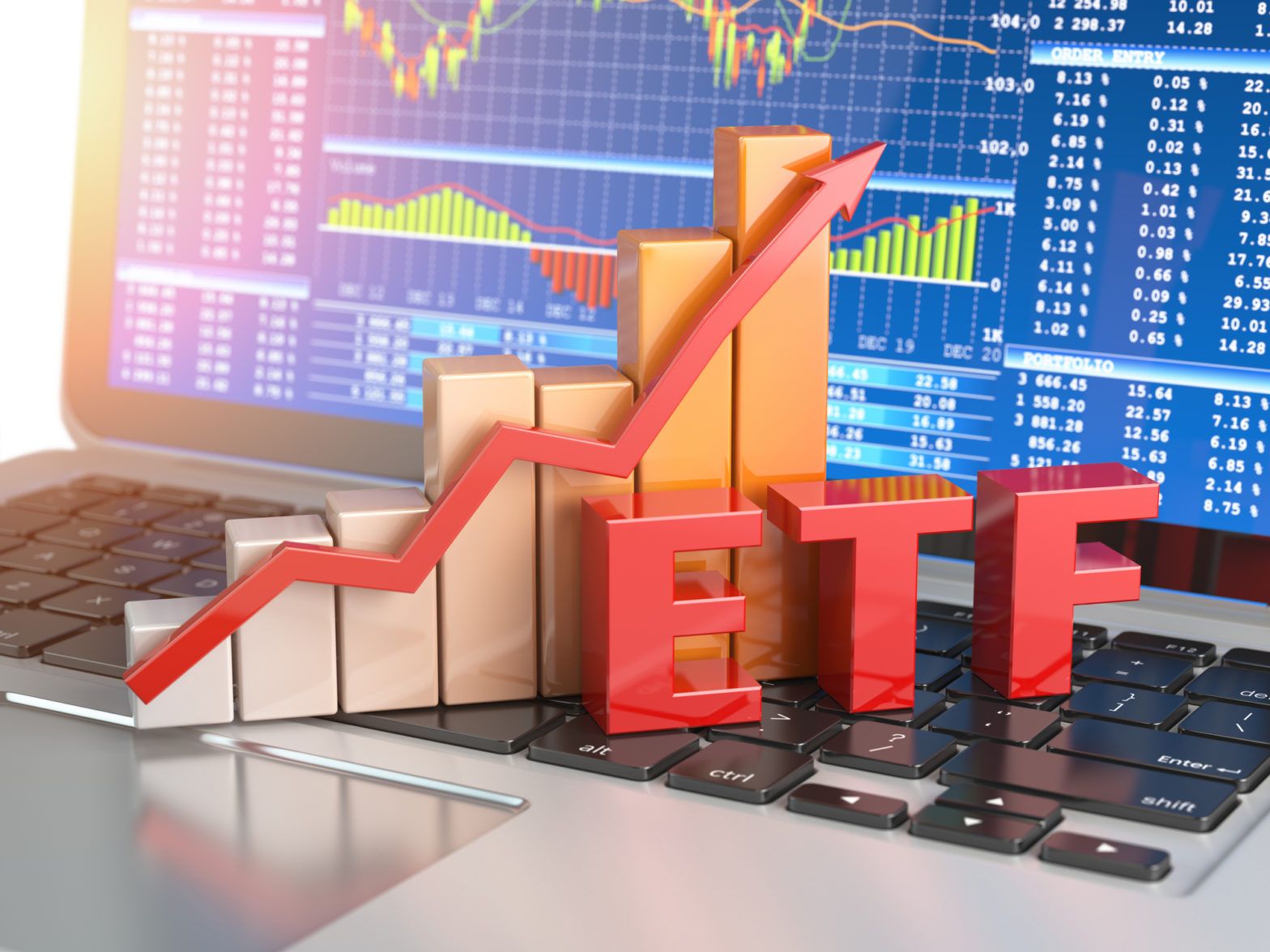Despite the volatility that rocked markets last year, exchange traded funds (ETFs) saw net inflows in Europe during every single month of 2018.
ETFs attracted more than €270bn of global inflows last year, according to report by State Street Global Advisors.
In contrast, long-term mutual funds saw a 70% drop in new business, with net flows declining about €530bn.
The move away from actively-managed mutual funds towards low-cost index-trackers has of course been gathering momentum for years. “The ETF market is maturing,” said Andrew Craswell, a senior vice president at BBH Investor Services.
BBH recently surveyed 300 firms and institutional investors across Europe, the US and Greater China to gauge the latest trends in exchanged-traded products.
“The ETF market is becoming more multi-faceted and there is greater demand for actively-managed ETFs and fixed income-type products as well as smart beta or semi active-type products,” Craswell said.
The stats back this up. The number of ETFs available for sale in Europe increased by 296 products over the course of 2018, according to Refinitiv.

Fixed income growth
Equity ETFs unsurprisingly held the majority of the assets (€437.5bn) in Europe last year and attracted the highest net inflows (€27.5bn) but the demands of the market are changing.
2018 saw a surge in the number of short duration fixed income products, Craswell said. “In times of increased market volatility when perhaps investors don’t want to be in equities they can switch their asset allocation from an equity ETF into fixed income-type products that still gives them much better returns than cash,” he said.

Another trend has been the growth of smart beta ETFs. Smart beta products typically utilise both passive and active methods of investing because they follow an index but also consider additional factors, such as pricing anomalies, size, value and volatility.
“There has been a blurring of the lines between what is a fully active discretionary manager and what is an ETF,” Craswell said.
“New managers have entered the ETF space over the last year and have launched smart beta products based on factors such as lower volatility that will take an index and weight it according to stocks that have the lowest volatility in that range.”
“We are seeing new products come to market which exhibit a lot of the same behaviours as actively managed mutual funds,” he said.

Actively managed ETFs
Actively managed ETFs typically stick to a benchmark index, but managers can still tweak sector allocations, market-time trades and even deviate from the index to boost returns.
“We are still very much in the infancy of actively managed ETF’s and I don’t see them as being a huge growth accelerator for the industry in the short term,” Craswell continued.
“Where we will see growth is in that middle ground of smart beta or semi-active products, which weight themselves to focus in on specific investment matters.”
Some ETFs, for example, now focus on higher income products – such as high dividend stocks – and weight the index accordingly to capture those securities.
“Such products are still tracking an index but are based on a certain desired outcome rather than being actively managed day in, day out. It’s kind of a middle ground between a pure passive index-tracking fund and active management. But it’s still in a rules-based environment with a set rebalance period.”

Short duration exposure
More than half of global fund selectors use passive funds to make short term tactical moves, according to a survey Last Word Research.
“People use ETFs for all different kinds of reasons whether that is longer-term holdings or short duration exposure with a lower cost,” Craswell said.
Fund selectors might opt for short-term ETF holdings for a number of reasons.
“Fund selectors may want to go into European or Chinese equities, for example, but might be unsure as to which manager should manage that allocation in the short term.”
“While going through the evaluation process they may allocate money to an ETF as a lower-cost satellite holding while they make their decision.”
“Or in light of the recent market volatility, investors may want to scale back exposure to equities by putting cash to in an ultra-short duration fixed income product which would provide a better return than staying in cash.
“We see the short-term use of ETFs for various reasons but at the same time – and the flows back this up – longer term investors such as insurance companies and pension funds are using ETF’s as part of longer-term holdings because of the low-cost nature of the products,” Craswell added.
“Fixed income works well for an actively managed short-duration portfolio because the ETF is a very transparent type of vehicle.
“Actively-managed fixed income will continue to grow [in the ETF space] and that is where we see the ETF market really developing as well as smart beta equity products.”
The European ETF market ballooned to $793bn in 2018, according to Refinitiv.







